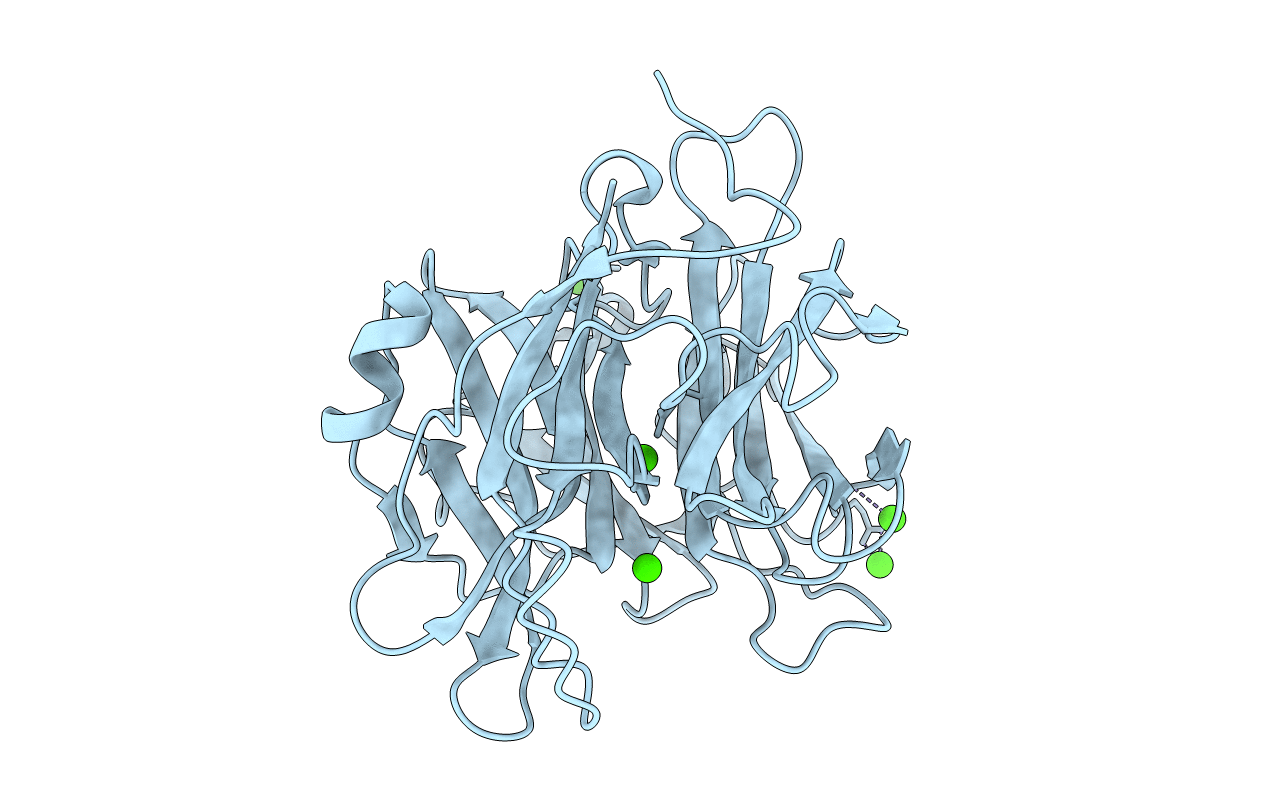
Deposition Date
2016-12-20
Release Date
2017-09-27
Last Version Date
2024-11-13
Entry Detail
PDB ID:
5UBJ
Keywords:
Title:
Structure of an alpha-L-arabinofuranosidase (GH62) from Aspergillus nidulans
Biological Source:
Source Organism:
Host Organism:
Method Details:
Experimental Method:
Resolution:
1.70 Å
R-Value Free:
0.17
R-Value Work:
0.14
R-Value Observed:
0.14
Space Group:
P 1 21 1


